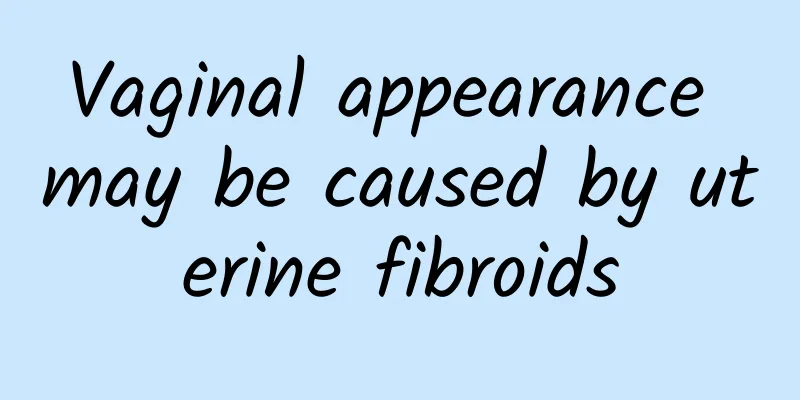Create beautiful lines from the chin to the neck! 3 tips to say goodbye to neck fat

|
The soft and tight lines from the chin to the neck are a very important part of the facial appearance. A slightly elongated chin can lengthen the round and square faces of Asians into a nice oval face. However, fat accumulation from the chin to the neck (submental) or the appearance of a double chin will make a person look old or give the impression of being overweight or even obese. A 2015 study conducted by the American Academy of Dermatologic Surgeons on 7,315 consumers showed that 67% of consumers felt that fat accumulation under the chin and the appearance of sagging and loose skin bothered them. Whether submental fat is prone to accumulation is related to genetics, weight gain and aging. Horizontal lines on the neck are also a problem that many people are concerned about. It is especially annoying when taking photos in the summer. Some girls even dare not wear clothes with wide collars or one-shoulder collars because of this. The formation of neck lines is caused by the loss of collagen in the dermis and the loss of subcutaneous fat in the neck. The age at which horizontal lines appear on the neck tends to decrease year by year, which is related to the long-term use of mobile phones and computer products by modern people. When our line of sight is not at a level angle but slightly downward, it will cause increased stress on the cervical spine. When the neck bends down to 45 degrees, the pressure on the cervical spine is more than four times that when looking straight ahead. In the long run, it not only causes shoulder and neck pain, but also causes improper squeezing of the skin and subcutaneous fat, resulting in the appearance of deepened neck lines and accumulation of fat under the chin. A survey on mobile phone usage in 2014 was conducted, with users using mobile phones in two postures: standing and sitting, for three tasks: browsing the Internet, typing and sending messages, and watching videos. The results showed that when sitting and typing on a mobile phone, the neck is bent at the largest angle, causing the greatest pressure on the cervical spine. Similarly, this is also the state in which the skin is most severely squeezed. Because of the sitting posture, the phone is farther away from the face, and the continuous movement of fingers in sending messages will also indirectly cause a burden on the shoulder and neck muscles. Ways to improve neck lines include avoiding aggravating factors. For example, when using a mobile phone or 3C products, try to keep the screen at the same height as your eyes to reduce the angle and time of looking down. In addition, botulinum toxin injections can relax the neck muscles and platysma muscles, which can improve the horizontal lines on the neck. Injecting hyaluronic acid along the neck lines to shallow the depth of the horizontal lines is also one of the methods. Ultrasound lifting or radiofrequency treatment (radiofreqency) uses energy to tighten and contract the muscle fascia layer to achieve the goal of improving the horizontal lines on the neck. If you want to make the line from the chin to the neck firm and soft, it is usually not achieved with a single treatment. You should reduce the time you spend lowering your head or maintaining the same posture for a long time, and do neck stretching exercises from time to time. The treatment consists of removing excess fat and tightening the skin. To remove excess fat under the chin, surgical liposuction, cryolipolysis, or injections of deoxycholic acid can be used; while to tighten the skin, vaporizing fractional laser, non-vaporizing fractional laser, radiofrequency and ultrasound lifting can be used. Beauty tips:
Neck stretching exercise:
|
Recommend
Why do I gain weight no matter how much I eat? Obesity genes are to blame
[Key Points]: Obesity genes seem to make some peo...
What to do if your vulva itches at night
The problem of female vulvar itching not only mak...
What does dysfunctional uterine bleeding mean and what causes it?
Dysfunctional uterine bleeding is a type of abnor...
Why do you get cervical warts?
Why do people get cervical warts? Everyone knows ...
Overeating causes gastrointestinal indigestion and constipation! Nutritionists teach you 7 tips to cleanse your intestines and reduce fat
When a few close friends get together, they love ...
What are the differences between chronic cervical erosion and cervicitis?
Cervicitis and chronic cervical erosion are both ...
Treatment of Bartholinitis in Traditional Chinese Medicine
Feeling itchy and damp in the vulva directly and ...
Clinical manifestations of ectopic pregnancy that women should pay attention to
Ectopic pregnancy is a common female disease, and...
Say no to autonomic nervous system disorders! Get up quickly and do the "Good morning stress relief exercise"
If you always have trouble getting up in the morn...
Pan Weibo relies on black coffee to reduce swelling and lose weight. Nutritionist: The effect is limited for this type of person!
Well-known singer Wilber Pan has been popular in ...
Can I keep my pregnancy after a missed abortion?
Whether you can keep a pregnancy after a missed m...
What are the symptoms of vulvar leukoplakia?
What are the symptoms of vulvar leukoplakia ? Exp...
Knowing the cause of pelvic inflammatory disease can effectively prevent the disease
Nowadays, unmarried women can also suffer from pe...
What are the dietary taboos for patients with ovarian cysts?
Ovarian cyst is a common gynecological disease an...
How to completely cure vaginal candidal infection
Fungal vaginitis is caused by Candida albicans an...









